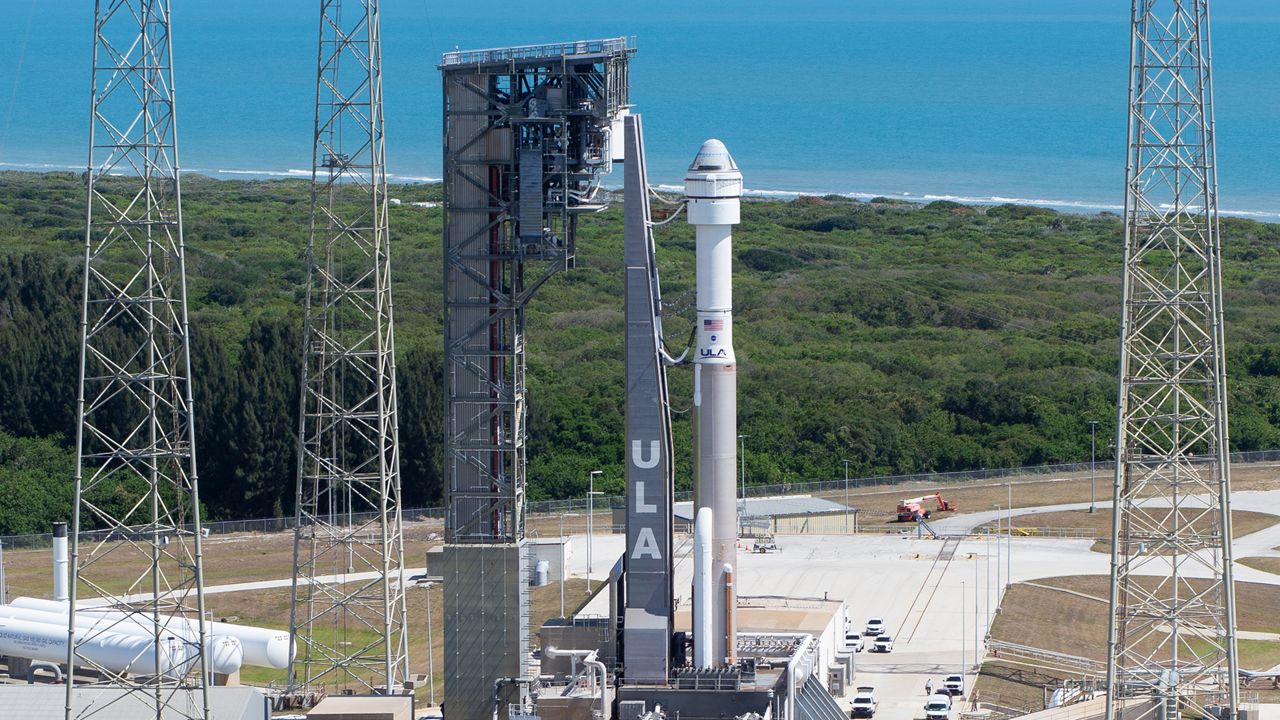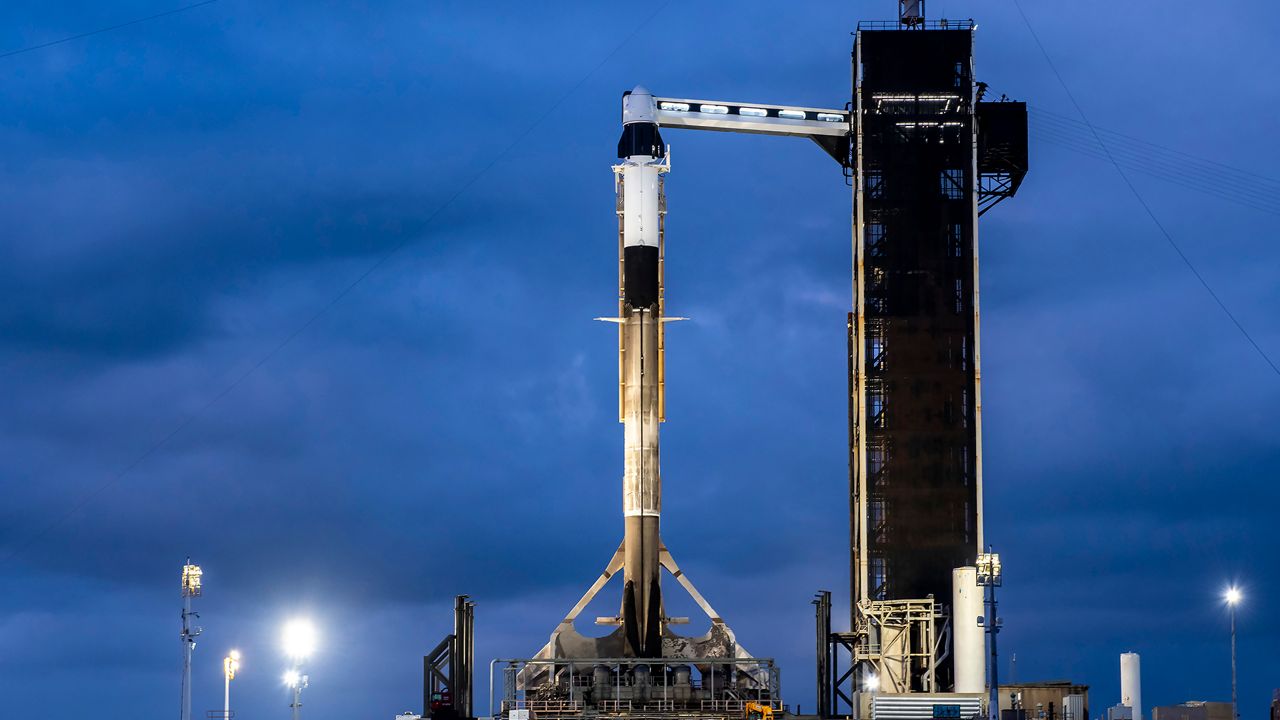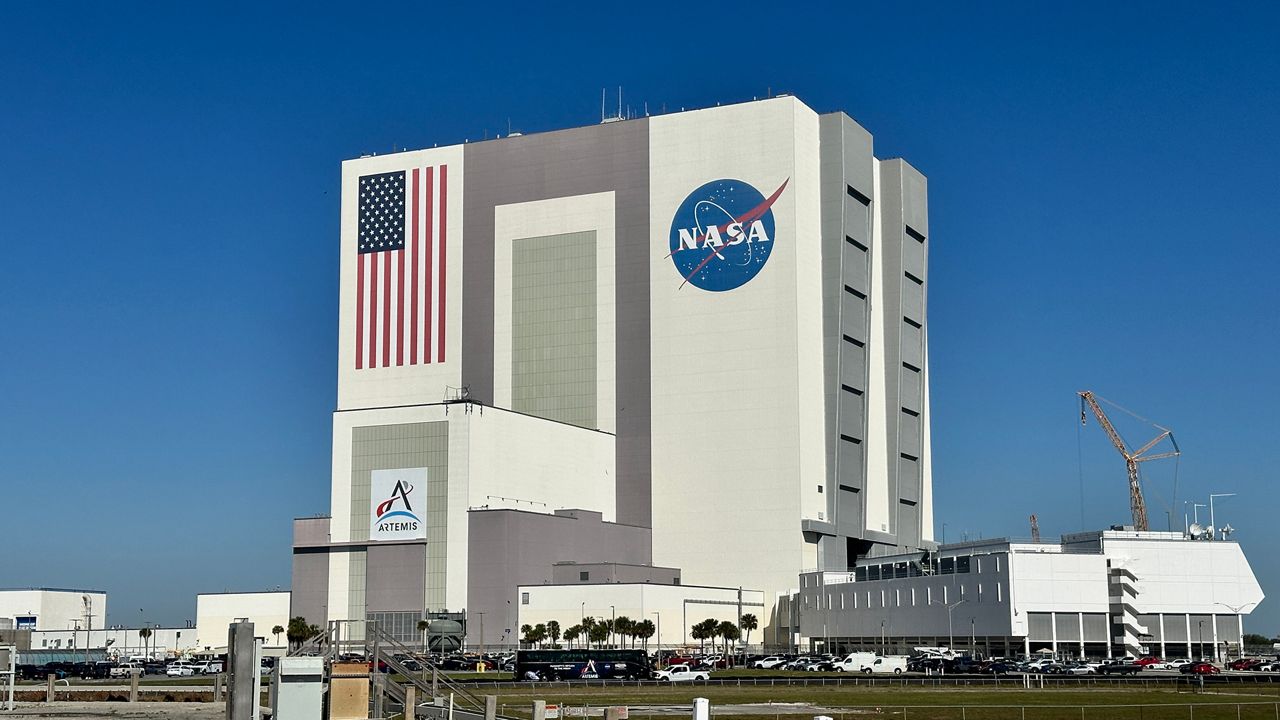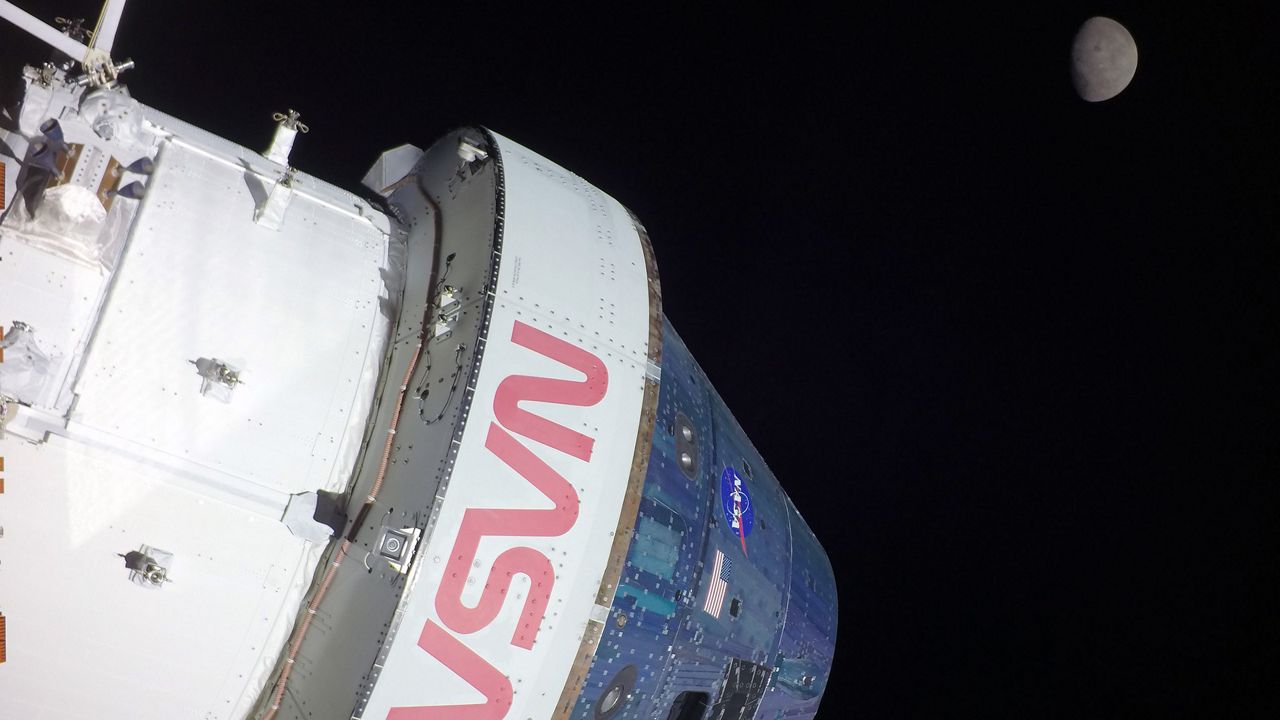CAPE CANAVERAL SPACE FORCE STATION — The Starliner’s maiden crewed launch gets a new liftoff date as teams work on a new issue that popped up with the mission, stated Boeing on Tuesday.
What You Need To Know
- The second launch attempt is canceled due to a helium leak on Starliner spacecraft
- The first attempt was scrubbed because of an issue with a pressure valve on the Atlas V rocket
- Get the full mission coverage here ▶
Boeing’s Starliner has a small helium leak that was discovered in the spacecraft’s service module, stated the company in an update.
This leak was traced to a flange that is on the Starliner’s single reaction control system thruster, stated Boeing. A flange is used to connect two pipes or valves.
“Helium is used in spacecraft thruster systems to allow the thrusters to fire and is not combustible or toxic,” Boeing stated.
Boeing stated that it and NASA will be conducting tests once the issue is resolved.
“After successful completion of the mission, NASA will begin the final process of certifying Starliner and its systems for crewed rotation missions to the space station,” stated NASA.
This means the Starliner’s second launch attempt for Friday, May 17, at 6:16 p.m. ET, has been canceled.
The new date is 4:43 p.m. ET on Tuesday, May 21, confirmed Boeing.
The first launch attempt, which would have seen NASA astronauts Cmdr. Barry “Butch” Wilmore and pilot Sunita “Suni” Williams take off and go to the International Space Station, was called off.
On Monday, May 6, the pair were ready to leave Launch Complex-41 at Cape Canaveral Space Force Station at 10:34 p.m. ET, but at 8:34 p.m. ET, both NASA and Boeing called off the launch due to an issue with a pressure regulation valve on the liquid oxygen tank on the United Launch Alliance’s Atlas V rocket’s Centaur upper stage.
(Boeing built the Starliner and United Launch Alliance — a joint business venture between Boeing and Lockheed Martin — built the Atlas V rocket.)
In Tuesday’s update, Boeing stated that ULA’s team replaced the valve.
“The team also performed re-pressurization and system purges, and tested the new valve, which performed normally,” stated Boeing.
The Starliner spacecraft, sitting on top of the Atlas V rocket, is still at the Vertical Integration Facility at Space Launch Complex-41 on Cape Canaveral Space Force Station in Florida after it was rolled back for repairs after the scrubbed launch attempt.








